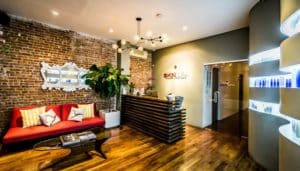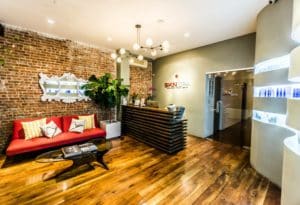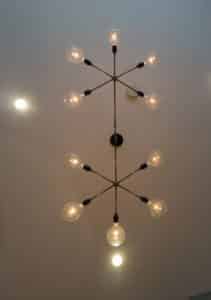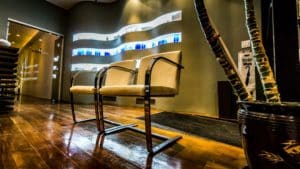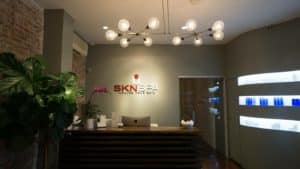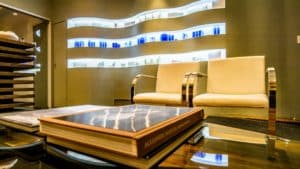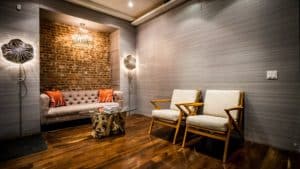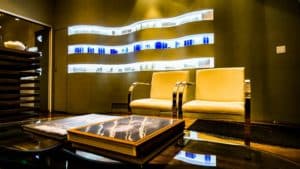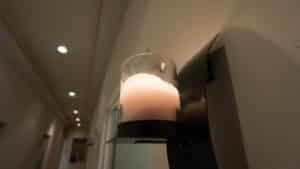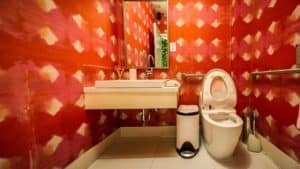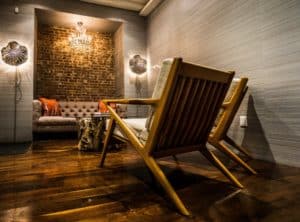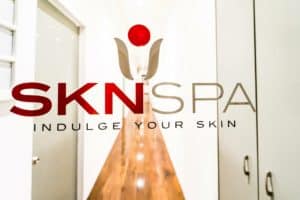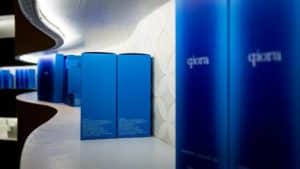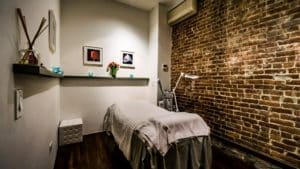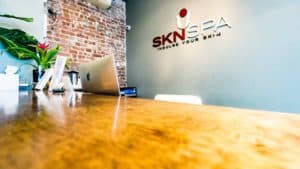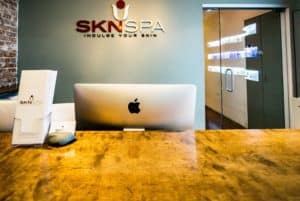SKN PicoSecond Laser Skin Treatment Facial (Fitzpatrick Scale Skin Type I – V) (105min) $375
PicoSecond laser treatment utilizes a specialized laser device that emits pulses of laser light with an ultra-short duration measured in picoseconds. This precision allows for targeted treatment of specific skin concerns with minimal heat diffusion to surrounding tissues. Picosecond lasers are effective in treating hyperpigmentation issues such as melasma, sun spots, age spots, and freckles by precisely targeting melanin in the skin without damaging surrounding tissue. Additionally, picosecond lasers stimulate collagen and elastin production in the skin, which helps improve skin texture, reduce fine lines and wrinkles, and diminish acne scars.
The Picosecond Laser Facial is a skincare treatment that uses picosecond laser technology to improve the appearance of the skin. Here’s an overview of the treatment:
- Picosecond Laser Technology: Picosecond lasers emit short pulses of laser energy in picoseconds (trillionths of a second). This rapid pulse rate is designed to target specific skin concerns with minimal damage to surrounding tissue.
- Skin Rejuvenation: The Picosecond Laser Facial is used for skin rejuvenation purposes, including treating fine lines, wrinkles, acne scars, and pigmentation issues. It can also help improve skin tone and texture.
- Stimulates Collagen Production: The rapid pulses of laser energy stimulate collagen production in the skin, which can lead to firmer, more youthful-looking skin over time.
- Minimal Downtime: One of the advantages of picosecond laser technology is that it typically requires less downtime than other laser treatments. However, some redness or swelling may occur after the treatment.
- Customized Treatment: The treatment can be customized to target specific skin concerns and areas of the face or body. Your skincare provider will assess your skin and determine the best approach for your needs.
- Number of Sessions: The number of sessions needed can vary depending on your skin concerns and the desired results. Your skincare provider will recommend a treatment plan based on your individual needs.
Overall, the Picosecond Laser Facial is a safe and effective treatment option for improving the appearance of the skin and addressing a variety of skin concerns.
Picosecond lasers are often used for various skin treatments, including tattoo removal, pigmentation issues, and skin resurfacing. The suitability of a picosecond laser for your skin type can depend on a few factors:
- Skin Type Classification: Picosecond lasers can generally be used on all skin types (I-V on the Fitzpatrick scale). However, the settings and parameters used may need to be adjusted based on the skin type and the specific condition being treated.
- Pigmentation: For individuals with darker skin types (IV-V), there’s a higher risk of hyperpigmentation or hypopigmentation. Choosing a picosecond laser with precise targeting and settings can help minimize these risks.
- Sensitivity and Response: Those with sensitive skin may need to take extra precautions, including pre-treatment assessments and potentially a patch test, to ensure there’s no adverse reaction.
- Condition Being Treated: The effectiveness of picosecond lasers for specific conditions like melasma, age spots, or acne scars can vary depending on the skin type and the condition’s characteristics.
What are possible laser resurfacing side effects?
DISCOMFORT: Some discomfort may be experienced during and after the procedure.
INFECTION: Skin infection is a possibility although rare, whenever a skin procedure is performed.
PIGMENT CHANGES (Skin Color): During the healing process, there is a possibility that the treated area can become either lighter or darker in color compared to the surrounding skin. This is usually temporary, but on rare occasions, it may be permanent.
SCARRING: Scarring is a rare occurrence, but is a possibility when the skin’s surface is disrupted. To minimize the chances of scarring, it is IMPORTANT that you follow all post-treatment instructions carefully.
SKIN SWELLING: Some bruising and swelling normally occur. The skin in or near the surgical site can appear either lighter or darker than surrounding skin.
SCABBING: Some scabbing may occur for hyperpigmentation treated areas which remain on the skin at least 5 days until it has healed.
Here’s a Q&A focused on the PicoSecond Laser Facial
- Q: What is a Picosecond Laser Facial?
A Picosecond Laser Facial is a skincare treatment that uses picosecond laser technology to improve the appearance of the skin. It is used for skin rejuvenation purposes, including treating fine lines, wrinkles, acne scars, and pigmentation issues. - Q: How does a Picosecond Laser Facial work?
The treatment involves the use of a picosecond laser, which emits short pulses of laser energy in picoseconds (trillionths of a second). These rapid pulses target specific skin concerns with minimal damage to surrounding tissue. The laser stimulates collagen production in the skin, leading to firmer, more youthful-looking skin. - Q: What are the benefits of a Picosecond Laser Facial?
The benefits include improved skin tone and texture, reduced appearance of fine lines and wrinkles, and improvement in acne scars and pigmentation issues. The treatment also requires minimal downtime compared to other laser treatments. - Q: Is a Picosecond Laser Facial painful?
The treatment is generally well-tolerated, and most people experience minimal discomfort. Some may feel a mild warming sensation during the treatment. - Q: How many sessions are recommended for optimal results?
The number of sessions needed can vary depending on your skin concerns and the desired results. Your skincare provider will recommend a treatment plan based on your individual needs. - Q: Can a Picosecond Laser Facial be combined with other treatments?
Yes, the treatment can be combined with other skincare treatments to enhance results. Your skincare provider can recommend the best approach for your specific needs. - Q: Who is a good candidate for a Picosecond Laser Facial?
Good candidates are individuals looking to improve their skin tone, texture, and overall appearance, including those with fine lines, wrinkles, acne scars, and pigmentation issues. - Q: Is there any downtime after a Picosecond Laser Facial?
While there is typically minimal downtime associated with the treatment, some redness or swelling may occur. These side effects are usually temporary and should subside quickly. - Q: How long do the results of a Picosecond Laser Facial last?
The results can vary depending on individual skin care habits and lifestyle factors. However, with proper skincare maintenance, the results can last for several months to a year or more.
Post-care for PicoSecond Laser Facial is important to maintain the results and keep your skin healthy. Here are some general post-care tips:
- Recovery with the Pico treatment is minimal. Your face may be mildly red for several hours after the procedure but this will subside. Pigmented areas on your skin will become darker initially, and then wash off over the following week. This may last 1 day but can last 2 weeks.
- You should be able to resume all of your regular activities immediately as long as you wear sunscreen and protect your skin. By dividing the full program into several treatments, the procedure provides progressive improvement with very low risk.
- You will need to avoid the sun as much as possible before and after the treatment, and no treatment will be provided if you are sunburned or using a tanning bed. Self tanners are also a contraindication unless you can completely exfoliate it off prior to your treatment. Sunscreen with a minimum of SPF 30 should be utilized daily, at all times of the year.
- The treated skin will feel softer and exhibit a more even skin tone. Fine lines and wrinkles will also improve, along with hyperpigmentation and age spots and a reduction in pore size.
- Rosacea sufferers will see a marked reduction in breakouts and in some cases may be able to decrease or discontinue their medication.
- Gently cleanse the treated areas with mild soap and water, then pat the area dry. Do not soak treated areas. Do not rub or scratch the treated area.
- Use non-soap cleanser and gentle moisturizer.
- If crusting or scabbing occurs do not shave or pick the area.
- Apply a moisturizer to the area 2-3 times a day. Keep the area moist, and let the crusting/scabbing resolve on its own.
- Makeup may be applied the next day.
- Redness and swelling can last 1-2 days.
- Avoid sun exposure and use minimum SPF 30+ broad spectrum sunscreen and continue to use daily.
- Avoid contact sports or any other activity that could cause injury of the treated area.
- Avoid topical retinoid, glycolic acid, or salicylic acid for 3-4 nights.
- Avoid swimming, soaking or using hot tubs/whirlpools until the skin heals (about 48 hours post treatment).
- Following the recommended post treatment protocol will likely improve the results and reduce the chance of small adverse events. Failure to comply may result in or increase the chance of complications such as: hyper or hypopigmentation, etc.








